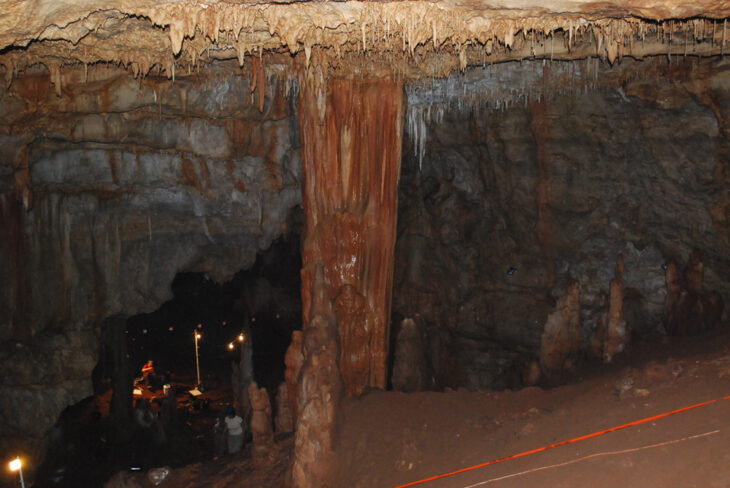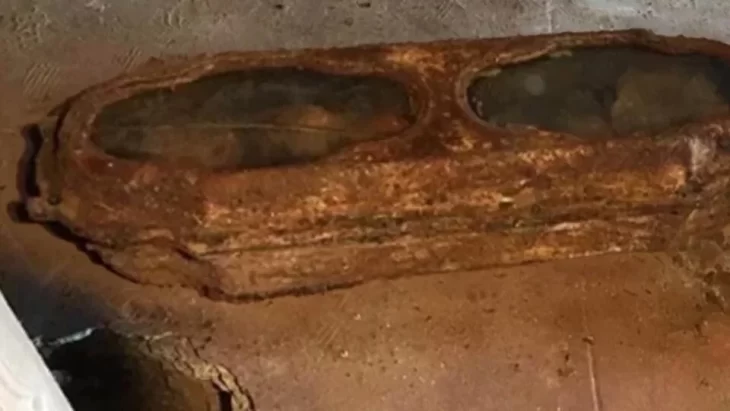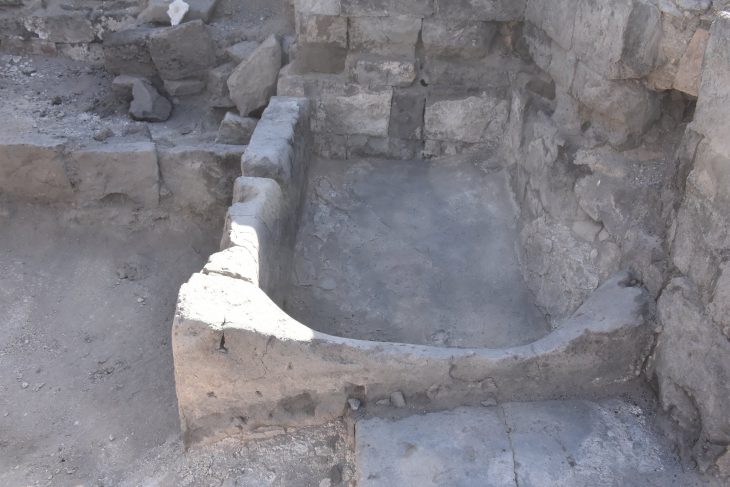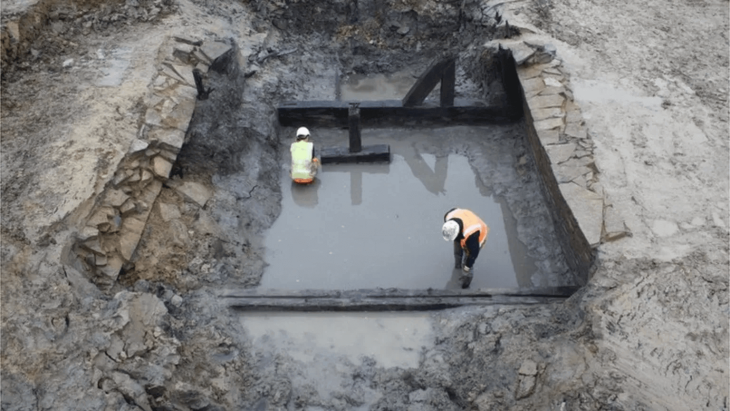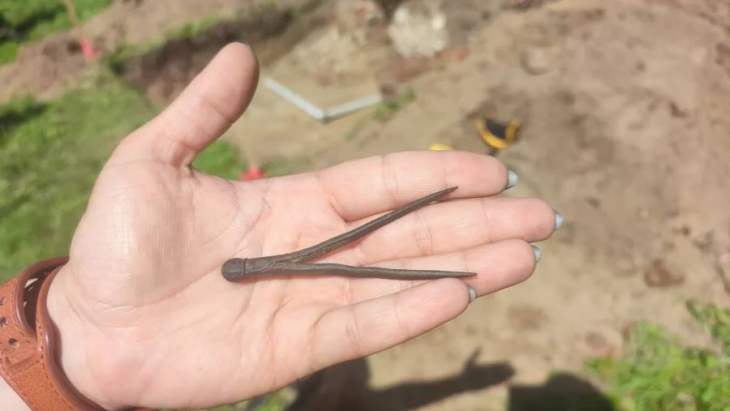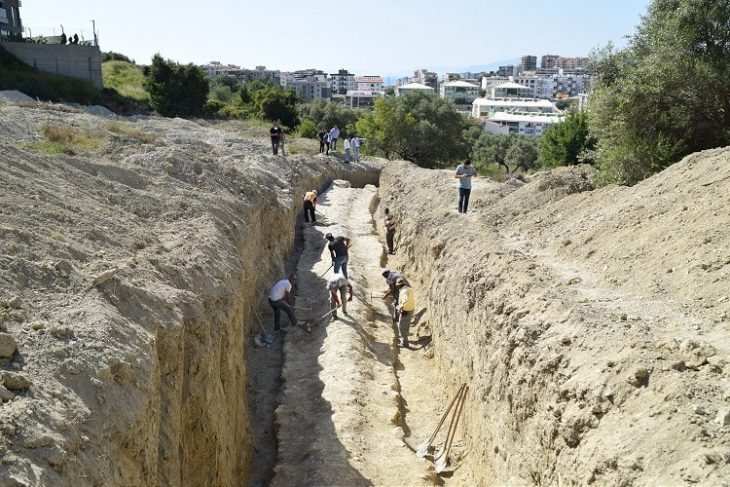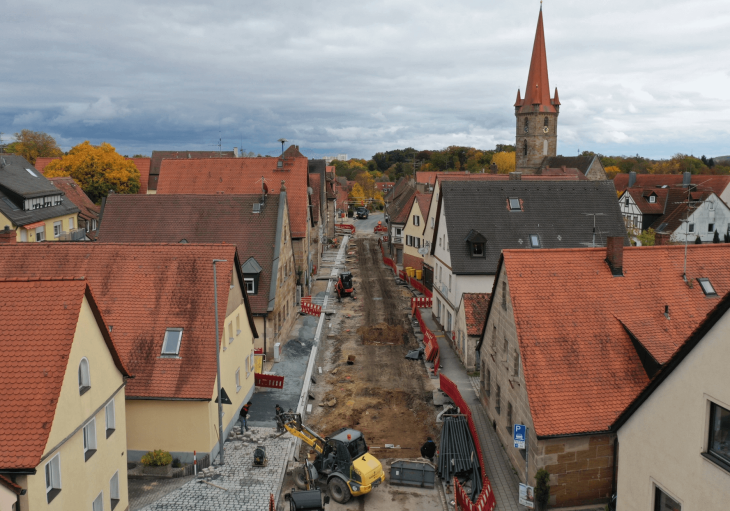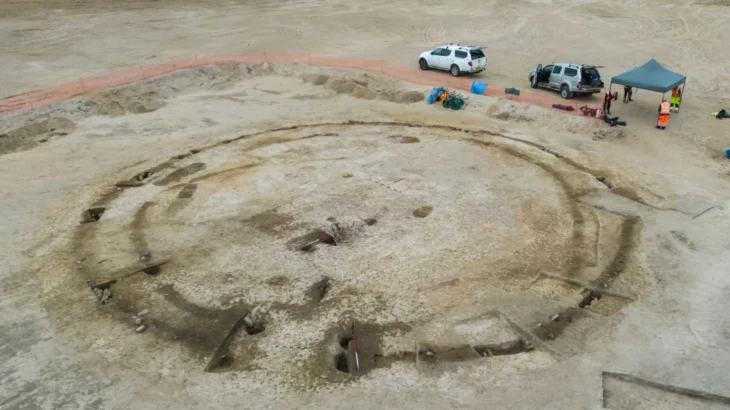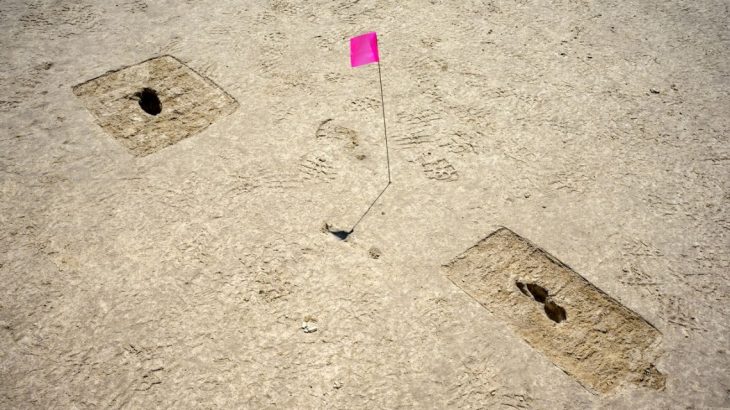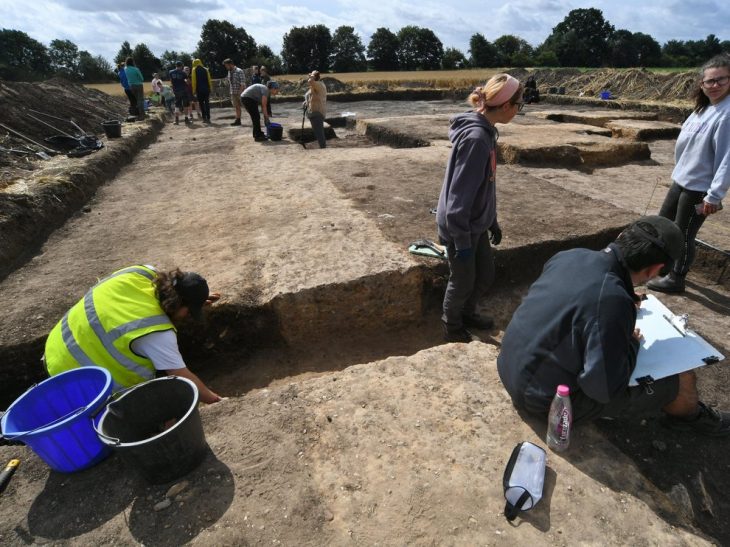Deep in Qiandao Lake, between China’s Five Lion Mountains, lie the mysterious ruins of two ancient cities, dating back to the Han and Tang dynasties. Known as the ‘Atlantis of China,’ the place is largely preserved intact even after centuries.
Qiandao Lake, also known as Thousand Island Lake, is a sprawling body of fresh water, covering 573 sq. km. The name comes from the fact that there are over a thousand islands in the lake.
The underwater city of Shicheng is a magnificent, mysterious time capsule of Imperial China. Shi Cheng – which means Lion City in Mandarin – was purposely flooded in 1959 to make way for the Xin’an Dam and its adjoining hydroelectric station.
This was a massive government project that forced 300,000 people to relocate their homes as more than 1,300 villages and tens of thousands of acres of farmland were flooded and submerged. In addition to the direct impact on the local residents, two ancient cities located in the valley at the foot of the mountain were also submerged into the lake.

The city was “rediscovered” in 2001 when the Chinese government organized an expedition to see what might remain of the lost metropolis.
📣 Our WhatsApp channel is now LIVE! Stay up-to-date with the latest news and updates, just click here to follow us on WhatsApp and never miss a thing!!
The early divers found Shi Cheng to be largely intact, with many of the structures, carvings, guardian lions, and arches still preserved. There have been efforts to map & document Shi Cheng by divers and researchers, as well as looking into protective measures to prevent damage to it. In January of 2011, the cities were declared historical relics under the protection of the Zhejiang Province.
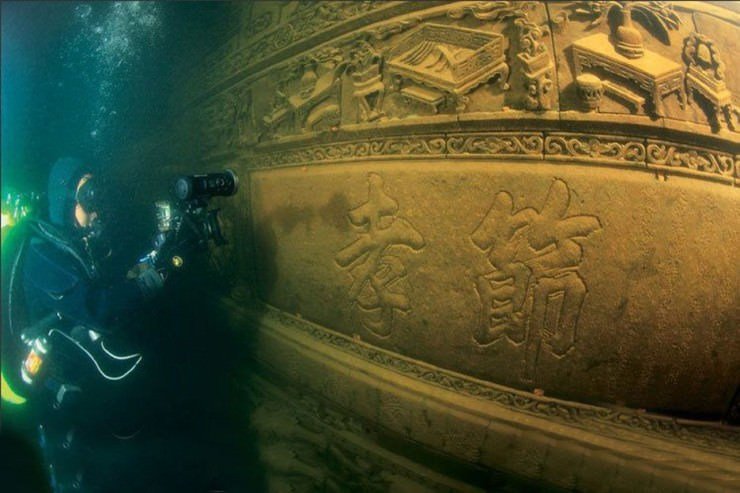
Shi Cheng was once the center of politics and economics in the eastern providence of Zhejiang. It is believed the city of Shi Cheng was built during the Tang Dynasty in 621 AD. Based on records of the region’s history, it is thought to be quite large, possibly over 60 football fields, and featuring 265 arches throughout the city.
Shi Cheng was also unusual in that it was constructed with 5 city gates and towers, as opposed to the norm of 4. The city of He Cheng is believed to date back even further to the Han Dong dynasty (25 -200 AD).

The city achieved the zenith of its glory from 1368-1644 when the Ming dynasty ruled China. The existing walls of the city date to the sixteenth century.
In 2014, after the authorities realized that the city was intact below water, they allowed tourists to visit the area by diving. Visitors can relish the 1,400-year-old architectural wonders at the diving site. However, only expert divers are allowed.

Today, advanced divers can get up close to the ruins with dive operators such as Big Blue and Zi Ao Diving Club, which run regular dives between April and November. Since the ruins have yet to be fully mapped, the dive is still considered “Exploratory”.


